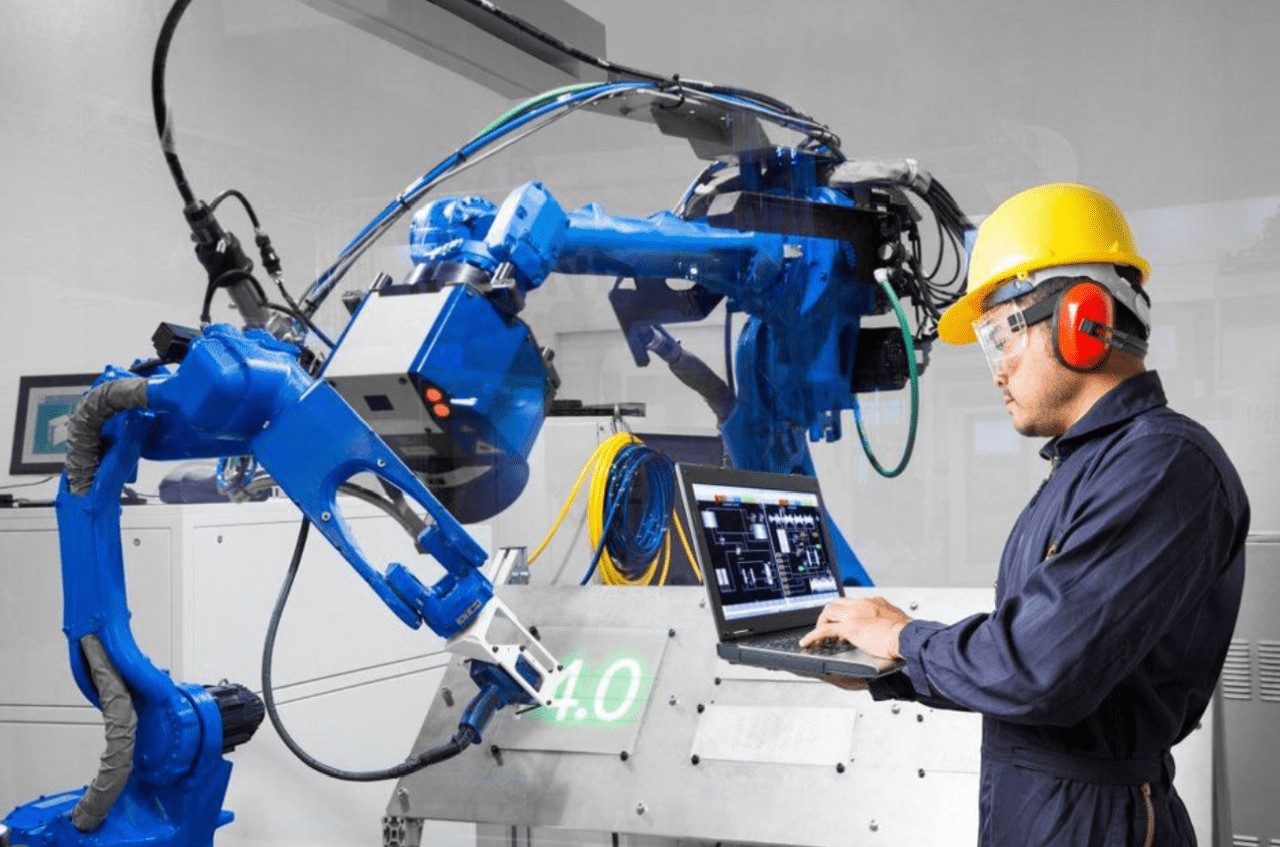The food industry is constantly changing, so it is not surprising that the robotic process gained popularity in it. Modern industrial robots are used for secondary food processing steps such as control of the quality, putting labels, packaging, etc. They are easy to introduce and have lots of other benefits.
How to introduce robots as a service?
The first step towards the introduction of robots is the identification of monotonous routine operations in production. Performing repetitive tasks such as loading and unloading products, and working on a conveyor, quickly causes fatigue and stress for employees. Therefore, in these areas of production, there are problems with the quality of operations and a high turnover of personnel. It is routine tasks that a robot can perform with greater productivity than a person.
In addition, automation services provide additional benefits:
- clarity of work and the ability to control it;
- the robot can simultaneously perform operations that a person did not or could not do.
The second step is the calculation of the economic efficiency of the usage of robotics as a service companies. The cost of introducing a robot is calculated along with the payback.
The third step is a meeting with a robot developer or integrator, for example, on https://www.rios.ai/
How long will the implementation take?
The timing depends on the features of the robotic solution. If the typical option is applicable, then the robot will arrive at the factory within 1-2 months, but usually tuning is still necessary. On average, the delivery of the robot to the factory takes 2-3 months, and installation and testing take another 2-4 weeks.
By implementing robotic technologies, the food industry is getting significant benefits. Robots increase the quality of products and productivity of enterprises, reduce overhead costs, and free staff from monotonous work. Robots give a clear competitive advantage, and technology development is worth taking advantage of.
